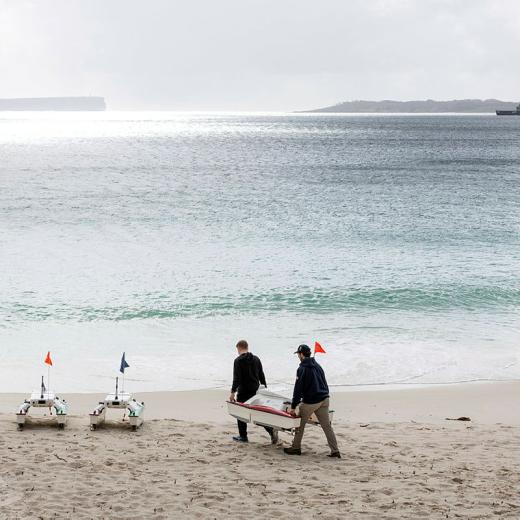BLUF
Telestra Australia is purchasing most of the telecommunications infrastructure in the SW Pacific to counter China's influence in the region.Summary
Digicel, the largest mobile phone carrier in the Pacific, was for sale, and a Chinese telecom was interested. However, to counter Chinese influence in the region, Telstra—with Australian government support— is buying Digicel. Key points:
- The Australian government is paying $1.9 billion, more than the total Pacific aid budget ($864m).
- Telstra is paying an extra $360 million for total control.
- Digicel covers Papua New Guinea, Fiji, Samoa, Vanuatu and Tonga.
- The Australian government notes that this purchase is: "Consistent with Australia's longstanding commitment to growing quality investment in regional infrastructure."
- Digicel should make a $300 million a year profit.
- No significant changes are planned to Digicel operations.
- Retaining local employees is crucial.
- Telstra is looking at improving data, mobile and internet coverage.
- Stopping Chinese control of Digicel Pacific is nearly as strategically important as stopping Huawei's proposed Australian 5G network.
- Digicel Pacific uses the strategically important, Australian funded, 4,700km Coral Sea Cable System from Sydney to PNG and the Solomon Islands.
- Potentially some Australian reputational damage from natural disaster outages.





